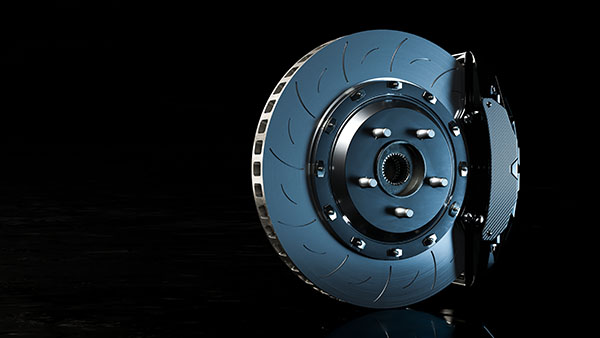
When it comes to your vehicle's safety, brake pads play a crucial role. But did you know that there are different types of brake pads, each with its unique characteristics? Luckily, today's topic is exactly that - the various brake pad options available and which one best suits your driving needs.
1. Semi-Metallic Brake Pads
What Are They Made Out From?
Semi-metallic brake pads are crafted from a mix of metal fibers, usually copper, iron, and steel, blended with friction modifiers and fillers.
How Do They Perform?
Known for their durability and consistent performance across various driving conditions, semi-metallic pads offer reliable stopping power. They handle high temperatures well, making them suitable for heavy-duty or performance vehicles.
2. Ceramic Brake Pads
What Are They Made Out From?
Ceramic brake pads are made from a dense ceramic material embedded with copper fibers or other composites.
How Do They Perform?
Ceramic pads excel in providing smooth and quiet braking. They generate less dust compared to semi-metallic pads, contributing to cleaner wheels. While they might have a slightly higher upfront cost, their longevity and reduced wear on other brake components make them a cost-effective choice in the long run.
3. Organic (Non-Asbestos Organic) Brake Pads
What Are They Made Out From?
Organic brake pads use materials like rubber, glass, and Kevlar, making them eco-friendly and quieter than metallic options.
How Do They Perform?
While organic pads offer a quieter operation and better initial bite, they might wear out faster than other types. They are a good choice for everyday commuting and lighter vehicles.
4. Low-Metallic NAO Brake Pads
What Are They Made Out From?
Low-metallic NAO (Non-Asbestos Organic) pads contain a mix of organic materials and about 10-30% metal content.
How Do They Perform?
These pads provide improved heat transfer and are often used in performance-oriented vehicles. While they can be noisier than ceramic pads, they offer solid braking performance and are an excellent compromise between organic and semi-metallic options.
Choosing the Right Brake Pads
Consider Your Driving Style
If you drive in stop-and-go traffic frequently or tow heavy loads, semi-metallic or low-metallic brake pads might be suitable for the increased stopping power.
Prioritize Noise and Dust Levels
If a quiet and clean operation is crucial, ceramic brake pads are a wise choice.
Evaluate Longevity
Organic and ceramic pads tend to last longer, making them cost-effective over time.
Do you need a new set of brake pads? Robbie's At Your Service is here to help out with all of your vehicle's maintenance and repairs - just give us a call.